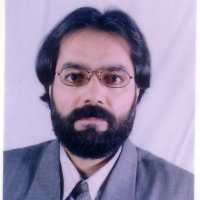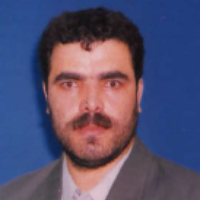Cutaneous Leishmaniasis in Suspected Patients Referred to the Healthy Centrals of Abarkouh, Ardakan, Bafgh and Khatam, Yazd Province, Iran
Cutaneous Leishmaniasis is a significant health problem in many parts of Iran. Management of the disease and its treatment is a global dilemma. In this study, the status and the proportions of Cutaneous Leishmaniasis induced by Leishmania major and tropica among suspected patients referred to the Health Centers of Abarkouh, Ardakan, Bafgh, and Khatam cities, Yazd Province, Iran were investigated.
The lesion was diagnosed using direct smear microscopy and conventional polymerase chain reaction.
A total of 90 samples were prepared of which 64 (71.1%) were male and 26 (27.9%) were female. Also, 30 (33.3%) samples came from Ardakan, 29 (32.2%) samples from Bafgh, 21 (23.3%) samples from Abarkouh, and 10 (11.1%) samples from Khatam city. Ninety samples with 112 lesions were recruited and parasitologically examined. The results showed that, in macroscopic examination, 90 of the patients had 59 lesions: patients with lesion(s) induced by Leishmania major = 52 (M=35, 67.3%, F=17, 32.7%), lesion(s) induced by Leishmania tropica =4 (M=2, 50.0%, F=2, 50.0%), and lesion(s) induced by false positive =33 (36.4%). Basides, in microscopic method, 90 of the patients had 59 lesions: patients with lesion(s) induced by Leishmania major =44 (M=29, 65.9%, F=15, 34.09%), lesion(s) induced by Leishmania tropica =9 (M=8, 88.8%, F=1, 11.2%), and lesion(s) induced by false positive =37 (M=28, 75.7%, F=9, 24.3%).
Although travel history to an endemic area is important for diagnosis, parasitological confirmation is necessary to initiate treatment.
-
Melatonin Against Aging: Could We Stimulate Melatonin Secretion Through Tahajjud?
Akram Heidari, *, Sayyed Ziaadin Tabeaie, Reza Bani- Asadi, Mohammad Afkhami Ardakani, , Mahmood Vakili, Morteza Heidari
Journal of Kerman University of Medical Sciences, Mar-Apr 2024 -
Changes in the Expression of DNMTs Before and After Treatment with Methotrexate (MTX)/Mercaptopurine (6-MP) in B-Cell ALL Children
Mahmoud Imanei-Avaz, Azam Sadat Hashemi, Nasrin Ghasemi, Seyed Hossein Hekmati Moghaddam, Fatemeh Pourrajab, *, Mahmood Vakili
Iranian Journal of Pediatric Hematology and Oncology, Spring 2024 -
Passive Case Findings on Malaria in Yazd as a Central Province of Iran During 2011-2020
, Mojgan Minoo Sepehr, Mohammad Reza Mozayan, Parisa Bagheri, Arefeh Dehghani, Elham Rezaee*
Iranian Journal of Medical Microbiology,




